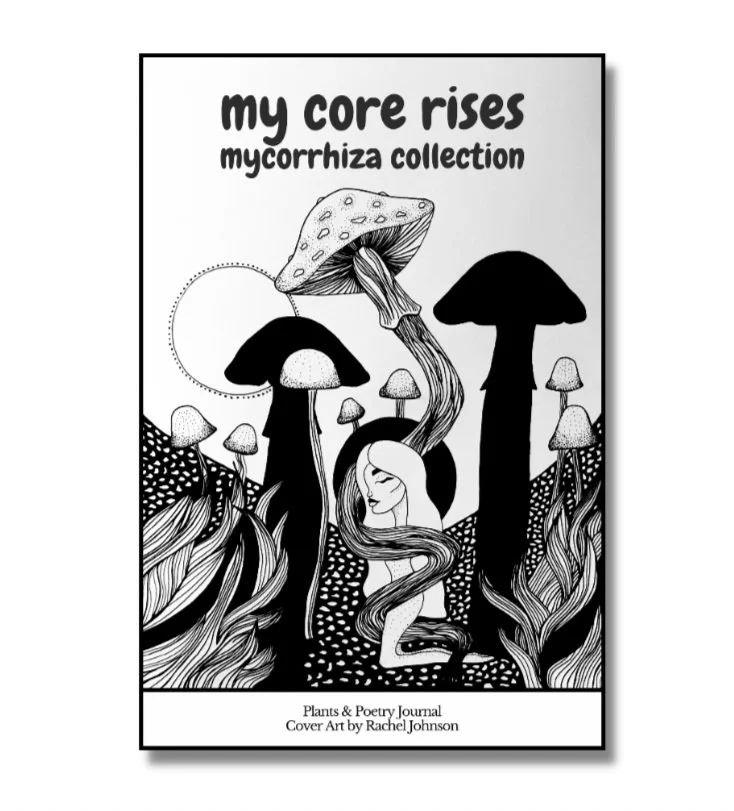From Sea to Soil: How Plants and Fungi Immigrated to Earth
The migration of species of plants and fungi from sea to soil is perhaps one of the most important events leading to the development of life on earth. It is a well-known fact that plant and animal life on earth thrives only in the presence of oxygen – a reactive gas which, through complex biological processes, allows mitochondria in our cells to create energy. More than 530 million years ago, the atmosphere on earth was not oxygen-rich and could not support large animal life. Although land plants had evolved around 700 million years ago, large and complex animal life as we would recognize it today did not exist. The migration of plant and fungal life from sea to land was the catalyst for the change in atmosphere that would allow animals to flourish and come to dominate the earth’s surface, but how exactly did this happen, and how were plants and fungi able to move from the ocean to land?
Photo captured by Leslie Walker in The Oasis Food Forest
The movement of life from sea to land is often called ‘terrestrialisation.’ In plants, the first life to undergo terrestrialisation occurred after a green algae species absorbed bacteria from soil and incorporated some of its genes into the algae DNA. This is called horizontal gene transfer, and commonly occurred between species of that period and still occurs all the time between species of bacteria. These genes helped the algae cope with the harsh terrestrial environment on the surface, allowing them to thrive where little life had existed before.
That’s the story for plants, but how did fungi evolve to join them on the surface? The answer is still a little unclear, but previous research has uncovered a heavy symbiotic relationship between plants and fungi. In other words, without fungi, plants find it difficult to thrive, and without plants, fungi find it difficult to thrive. In particular, Lichen – a form of fungi – is thought to be the first species of fungi to team up with and protect photosynthesizing green algae and other early land plants. Since early plants lacked the roots to anchor them to the soil that modern plants do, they had to rely on attaching themselves to fungi that spread out into the soil.
This eventually evolved into a symbiotic and reciprocal relationship, where lichen would secrete acid to dissolve mineral rocks and reap the nutrients to provide for the plants, whilst the plants would transfer some of the nutrients they produce by photosynthesis to the fungi. Today, this trend is still the same, with over 90% of land plants having some kind of fungal partner which provides them with additional nutrients.
Thanks to this relationship, plants thrived over the next few million years, causing widespread changes within the earth’s atmosphere. Since plants were photosynthesizing at a high rate due to an abundance of light and carbon dioxide in the atmosphere, huge amounts of oxygen were released as a result of this. This alteration in atmospheric conditions gave rise to an event called the Cambrian Explosion, an era of life on earth marked by a massive increase in the number and diversity of land animals discovered millions of years later by archaeologists in the form of fossils. This high concentration of atmospheric oxygen is also what leads to the enormous size of insects at the time. Meganeuropsis permiana, a descendant of modern-day dragonflies, was a species of insect that grew up to 17 inches long, with a wingspan of over 28 inches! Their huge size was a direct result of the increased concentration of oxygen since insects don’t have lungs and rely on the passive diffusion of oxygen through tubes into their body.
Without the movement of fungi and plants from the sea to land, life on earth as we know it likely would never have occurred, including all the crops we grow today and the animals we cultivate for food.
Inspired by fungi? Check out our new collection of poetry, prose, & art, my core rises: mycorrhiza collection
“Myco” – “rhiza” means “fungus” – “root.” My Core Rises: Mycorrhiza Collection consists of poetry, prose, creative nonfiction, mixed media, and poetry writing prompts exploring fungi.
From the core of our being all the way to the world that exists beneath our feet. The prompts encourage us to re-align with our fungi relatives and inspire us to establish a further relationship with all the spaces they live, grow, and connect within.
This print version of the collection includes exclusive writing prompts, activities, and 50 pages of free thought space.

